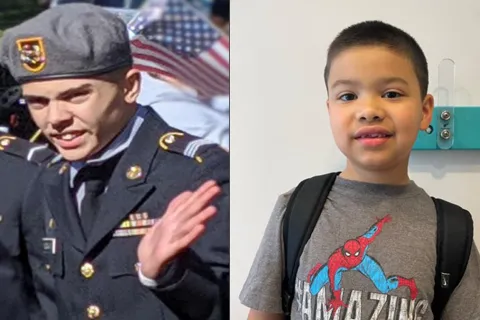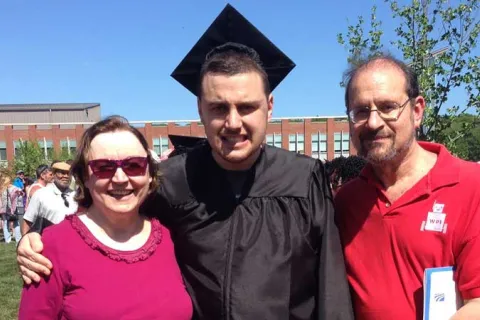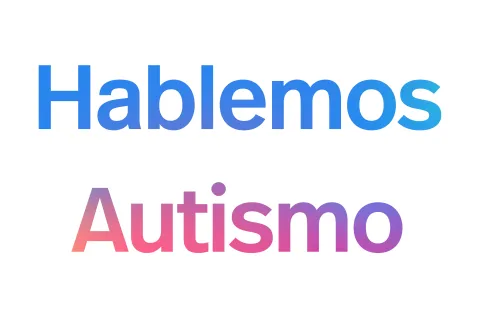The Team Approach to Educating Students with Autism
School Community Tool Kit
Each member of the team brings a unique perspective and set of observations and skills, all of which are helpful in assisting a student with complex and variable needs. It is important to employ the knowledge and perspective of the family, since they offer another valuable and longitudinal view. Just as the symptoms of autism vary across children, so will the knowledge bases and coping skills of the parents and siblings. Parents can contribute information and a history of successful (and unsuccessful) strategies, and may also benefit from information on strategies and successes at school that can help to extend learning into the home setting. A positive and collaborative relationship with the family is beneficial to everyone.
Supports that work in a specific classroom can be shared with other teachers or support staff, to promote the behavioral, communication and social growth being targeted. Community based personnel, such as a private psychologist, vocational-rehabilitation counselor or wraparound service coordinator, can offer information, resource options and perspective to support the team’s efforts.
Share what works and problem-solve what does not with the entire team. Repetition and reinforcement across settings help to generalize skills and build competence faster, resulting in success for the staff as well as the student. Reassess the effectiveness of interventions, collecting and analyzing data. See Data Collection section of the School Community Tool Kit.
Think of each student as an individual
Thinking of each student as an individual is critical in providing appropriate support and growth. For example, while compassionate peers who want to help develop his speaking ability may support a young child with autism, peers or educators who are not familiar with his specific challenges may not provide a high-functioning, verbally proficient adolescent the same compassionate allowances. What represents perfect support for a first grader is likely to be grossly out of place for a high school student, so it is important to support the development of age appropriate interests and raise expectations towards independence and peer-level behavior as much as possible.
Establish appropriate expectations for growth and competence
Support the student in his learning and help him build skills and independence. It is often the well-meaning tendency for support staff to take on the everyday tasks for a student with autism - to speak for the student, tie his shoes, walk him to class, turn in his paper. While this might keep the student on pace with the activities of the surrounding class and seem supportive at the time, in the long run the student has not learned to perform the activities of daily life for himself. Building competencies requires patience, setting priorities and establishing small goals to reach the desired outcome. Ensure that the mindset of the team is committed to teaching, as opposed to care giving, and expect to be surprised, impressed and rewarded by all that a student can do.
Meet the student where he is
For each of the skill areas that need to be addressed with a student with autism, develop an understanding of the individual’s current ability, and build from that level. This approach applies to social and communication issues as well as academics. Understand where a student is and problem solve what is impeding progress from that point, then develop the teachable, scaffolding steps that will help him move forward.
Motivation is critical to attention and learning
Know what motivates a particular student, being aware that this may be very different from what motivates a typical child. Use his interests to focus attention to a less interesting or non-preferred activity (e.g. for a student who is dislikes word problems but loves dinosaurs, create word problems that add triceratops or multiply the food requirements of a brachiosaurus) and embed preferred activities as naturally as possible. As a student becomes familiar and more competent with new skills, confidence, interest and motivation increase.
As a student with autism works to change behaviors or learn difficult skills, it is essential that the reward for this effort be substantial enough for him to extend this effort. In many instances, even if there is something inherently motivating about a task or activity, it is necessary to shape behavior by making small changes at a time and utilizing reinforcement strategies - social reinforcement (such as praise or a high five), as well as concrete reinforcement (such as a favorite activity, toy or food item).
The reward for learning a new skill or decreasing a maladaptive behavior needs to have more value than the reinforcement for not developing the replacement behavior. Token economy systems can be extremely effective and reinforcement can be faded over time to decreasing frequency or more naturalistic social rewards.








